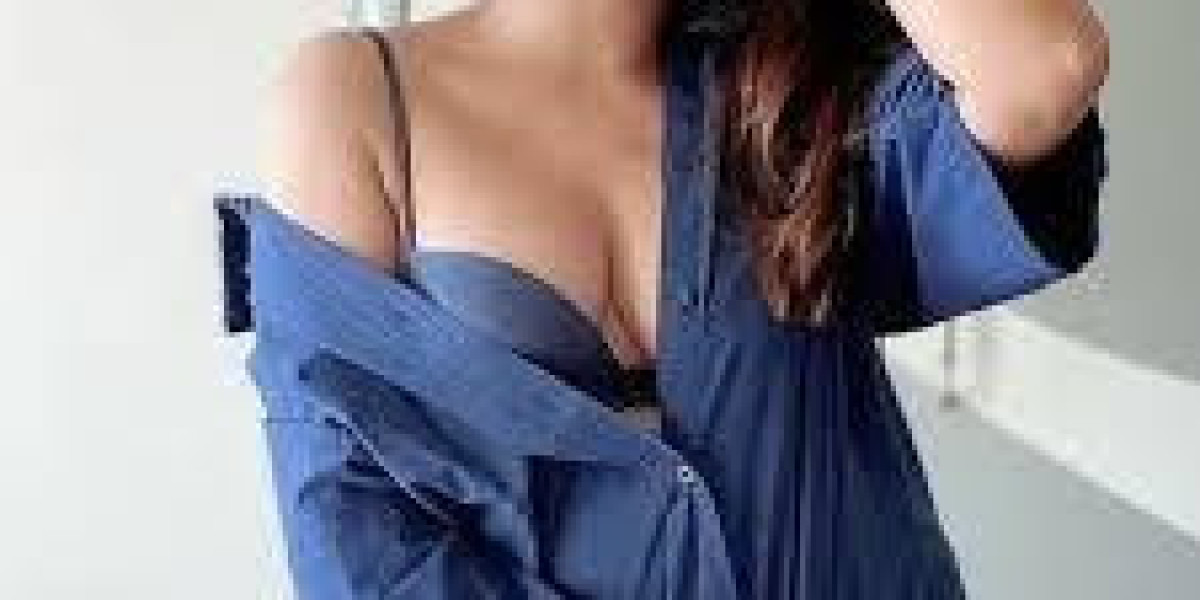Traditional dress of UAE is more than just clothing; it is a proud representation of Emirati heritage, culture, religion, and lifestyle. While the United Arab Emirates is known for its modern architecture, luxury shopping, and iconic landmarks like the Burj Khalifa and the Burj Khalifa light show, it remains deeply rooted in its cultural traditions. Among the most prominent aspects of this culture is the traditional attire worn by Emirati men and women.
In this detailed blog, we will explore the elements, meaning, and cultural importance of the traditional dress of UAE, and understand how it plays a role in daily life, special occasions, and national pride.
1. Traditional Dress for Emirati Men
Emirati men wear a simple yet elegant outfit that reflects both their Islamic faith and the desert climate.
Kandura (Dishdasha/Thobe): The Kandura is a long white robe made from cotton or other lightweight fabrics. Its color and fabric make it perfect for the UAE's hot weather. The robe is loose-fitting, promoting air circulation and comfort. While white is the most common color, beige, grey, or even darker shades may be worn in cooler months.
Ghutra and Agal: The Ghutra is a square scarf worn on the head, and the Agal is a black cord used to secure it. The Ghutra is often white or patterned (red and white checkered). It protects against the harsh sun and sand.
Bisht (for formal occasions): A Bisht is a cloak worn over the Kandura during special events like weddings, religious festivals, or official gatherings. It is typically black, brown, or cream, often adorned with golden embroidery.
2. Traditional Dress for Emirati Women
Emirati women wear graceful and modest clothing that also reflects cultural beauty and identity.
Abaya: The Abaya is a long black cloak worn over regular clothing. Traditionally plain, modern Abayas now include stylish designs, embroidery, and even Swarovski elements. It symbolizes modesty and is worn in both public and private spaces.
Sheila (Headscarf): The Sheila is a lightweight headscarf, usually black or matching the Abaya. It covers the hair and neck, aligning with Islamic principles of modesty.
Niqab and Gishwa (optional): Some women may wear a Niqab (face veil) or Gishwa (thin face covering), depending on personal or family preferences.
Accessories and Makeup: Emirati women often pair their traditional attire with elegant handbags, makeup, and perfumes. The goal is to maintain modesty while embracing personal style and grace.
3. Cultural and Religious Significance
The traditional dress of UAE reflects Islamic values of modesty. In Islam, both men and women are encouraged to dress modestly, and the national dress complies with this guideline.
The attire also shows respect for cultural traditions passed down through generations. Wearing these garments on national holidays, religious festivals (like Eid), and special ceremonies strengthens the connection to heritage.
4. Modern Influences on Traditional Clothing
With the UAE being a global hub, fashion trends have also influenced traditional attire. Today’s Kanduras and Abayas are often tailored with modern cuts and fabrics. While staying modest, women’s Abayas may feature lace, velvet, or hand-stitched embellishments.
International designers have even created UAE-inspired clothing lines, merging local tradition with global fashion. Yet, the core elements of modesty, simplicity, and elegance remain unchanged.
5. The Role of Traditional Dress in Emirati Society
Daily Life: Many Emiratis wear traditional clothing daily, especially men. It is seen as comfortable, respectful, and culturally appropriate.
Workplace and Government: In official settings, government offices, and national events, traditional dress is a sign of respect and professionalism.
Tourism and Cultural Events: Tourists visiting cultural villages or during the UAE National Day may witness locals in full traditional attire. Some tourist centers even offer the chance to try on the traditional dress of UAE.
6. Respecting the Dress Code as a Tourist
While tourists are not required to wear traditional dress, it is advised to follow the UAE’s general dress code, especially in public places, mosques, and traditional areas. Modest clothing that covers shoulders, knees, and avoids tight or transparent fabrics is recommended.
Understanding and respecting the traditional dress of UAE can enhance your travel experience and show appreciation for the local culture.
7. How the Traditional Dress Adapts to the Climate
The UAE has a desert climate, with high temperatures and strong sunlight. The traditional clothing is designed to suit this environment:
Light fabrics keep the body cool.
Loose designs promote airflow.
Head coverings offer protection from sun and sand.
Even in modern air-conditioned cities, the practicality and comfort of these garments remain relevant.
8. Symbol of National Pride and Identity
The traditional dress of UAE serves as a symbol of unity and identity. During UAE National Day, citizens wear traditional clothes with pride. The dress unites people across all seven emirates and preserves the cultural roots amid rapid modernization.
In schools, children often dress up in traditional attire during cultural weeks to learn about their heritage. This pride in traditional clothing helps maintain a strong sense of national unity.
9. Fashion Events and Global Recognition
Dubai hosts many fashion events, and local designers often highlight the beauty of traditional attire. Fashion shows feature modern Abaya collections that gain international attention. Cultural festivals and events in Dubai often celebrate the heritage of clothing through exhibits and runway displays.
These efforts have made the traditional dress of UAE a global fashion inspiration while preserving its cultural essence.
10. Contrast with Modern Western Wear
While Emiratis embrace global culture in many aspects, traditional clothing remains central in identity. Western clothes are often worn at home or in casual settings, but traditional attire is preferred for public life, events, and work.
This blend of tradition and modernity is a hallmark of the UAE’s development, where one can attend a high-tech conference in a Kandura or enjoy the Burj Khalifa light show while wearing a flowing Abaya.
Conclusion
The traditional dress of UAE is more than a style—it's a deep reflection of faith, heritage, and national pride. It represents the soul of a nation that stands tall in its values while embracing the future.
Whether you’re watching the incredible Burj Khalifa light show, exploring historical districts, or attending a cultural event, taking a moment to appreciate or learn about Emirati attire adds meaning to your experience.
In a world constantly changing, the UAE continues to balance tradition and modernity, with the national dress serving as a proud reminder of its enduring identity.





